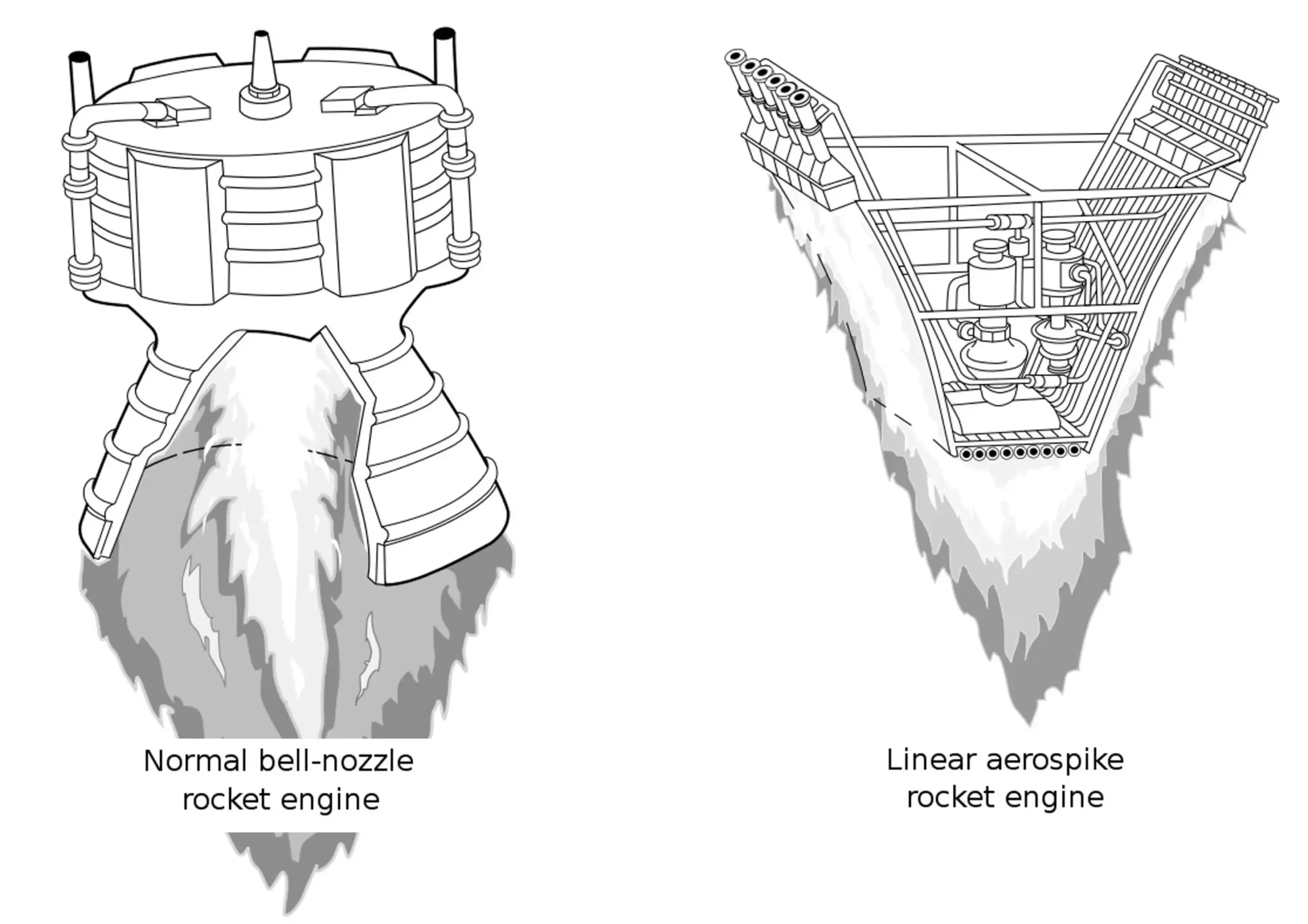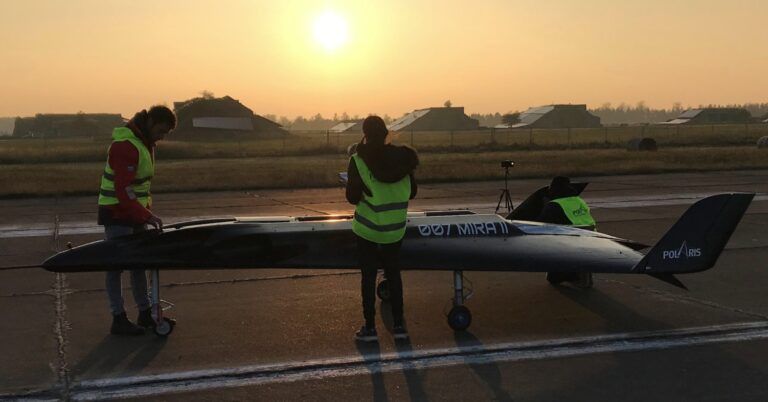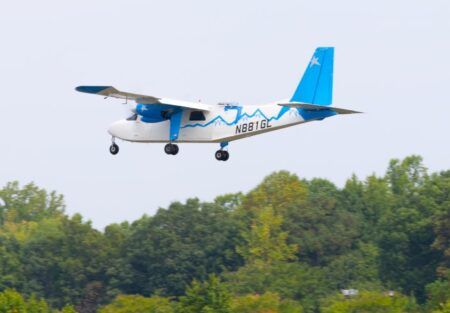Polaris Spaceplanes has successfully ignited a linear aerospike engine for the first time during a flight.
The firing of the aerospike rocket was achieved during a three-and-a-half minute test flight of Polaris’ Mira II demonstrator from Peenemünde Airport at the end of last month, over the Baltic Sea, around 3km (2 miles) from the ground station.
The 1kN aerospike engine was fueled by 229g of LOX and kerosene enough for a three second burn of the aerospike engine. The amount of fuel carried was restricted for safety reasons, nevertheless, Mira II accelerated at a rate of 4m/s2, the equivalent of 900N of thrust, while simultaneously gaining altitude during the burn.
Mira II then returned to the airport and landed safely, covering a distance of more than 10km (6 miles).
The next flight campaigns will gradually extend the engine operation range and vehicle performance envelope of Mira II.
Bremen, Germany-based startup Polaris built two 5m (16.4ft) long Mira prototypes after the smaller Mira I crashed during take-off earlier this year. The Mira’s are powered by small turbojet engines as well as the aerospike rocket engine.
The company plans to build and fly a supersonic-capable prototype called Nova next year, which will be 8m (26ft) long and will be the final demonstrator before the spaceplane. Its main purpose will be to demonstrate safe and repeatable rocket-powered supersonic flight capability at high altitudes using the aerospike engine, while fulfilling the full regulatory framework required for airport-based operation.
Polaris’ aim is to develop Aurora, a reusable space launch and hypersonic-capable transport system that operates like an aircraft.
Instead of a bell-shaped nozzle, linear aerospike engines fire the rocket exhaust in a spike using a wedge-shaped protrusion. Originally devised in the 1950s by USA’s Rocketdyne the design offers potential benefits in terms of improved performance and reliability, offering less drag and thrust vectoring.

However, it was found that aerospike engines are more complex, difficult to manufacture, require more cooling and heavier than rockets with bell-shaped nozzles, meaning the design has never advanced past ground testing. The last major aerospike program was NASA/Lockheed Marting’s X-33 VentureStar single-stage-to-orbit spacecraft in the 1990s, which was terminated in 2001 because of cost and complexity.





